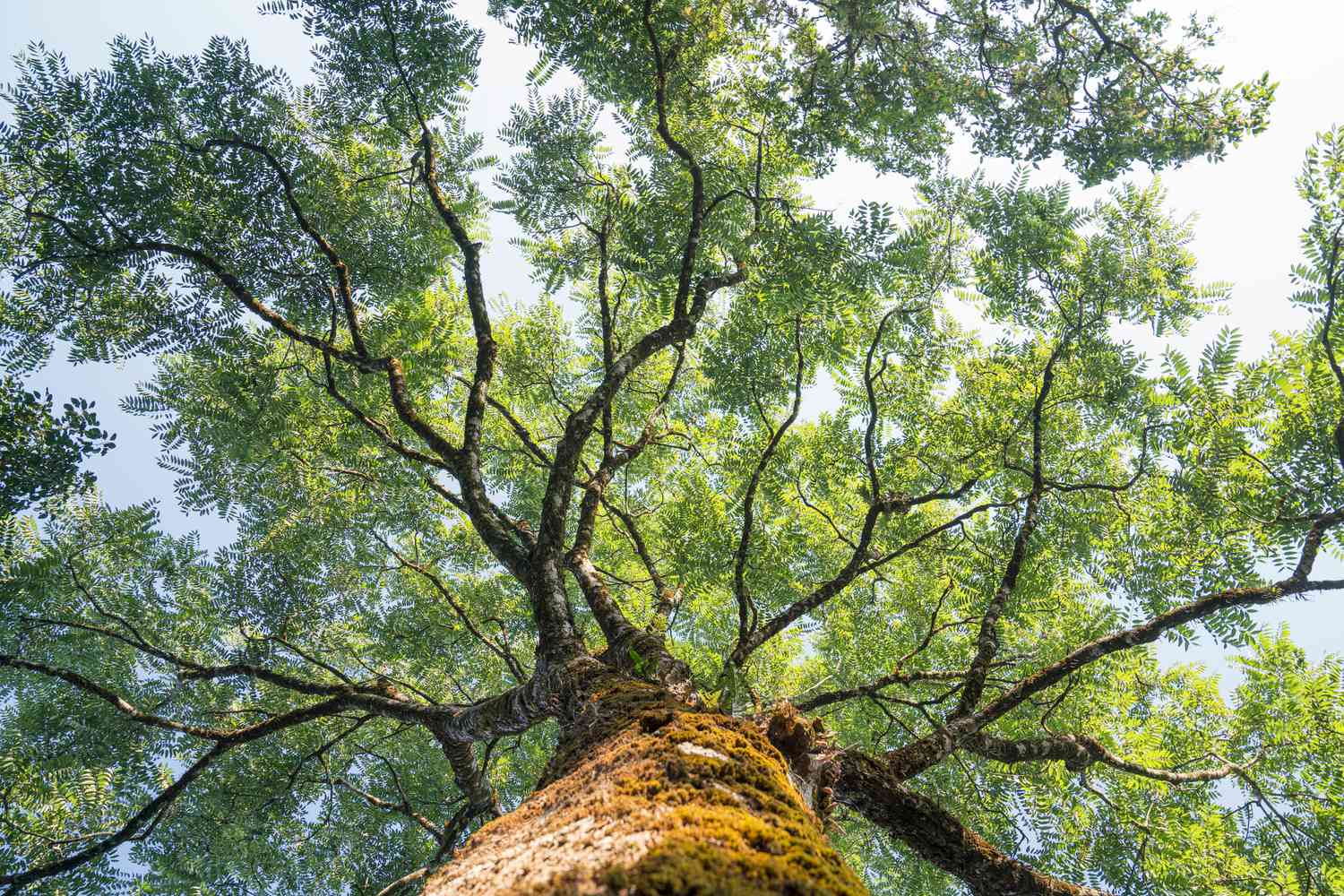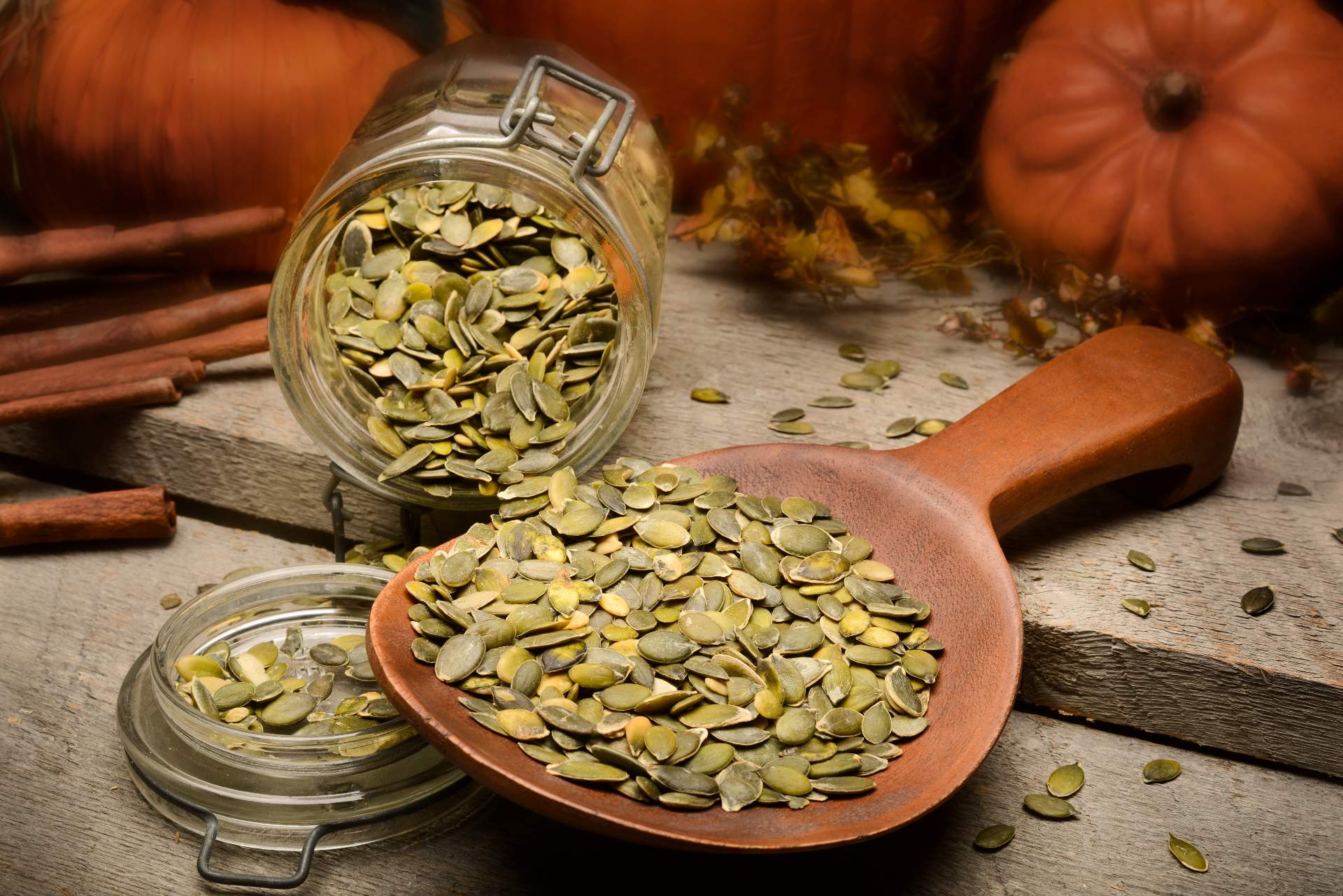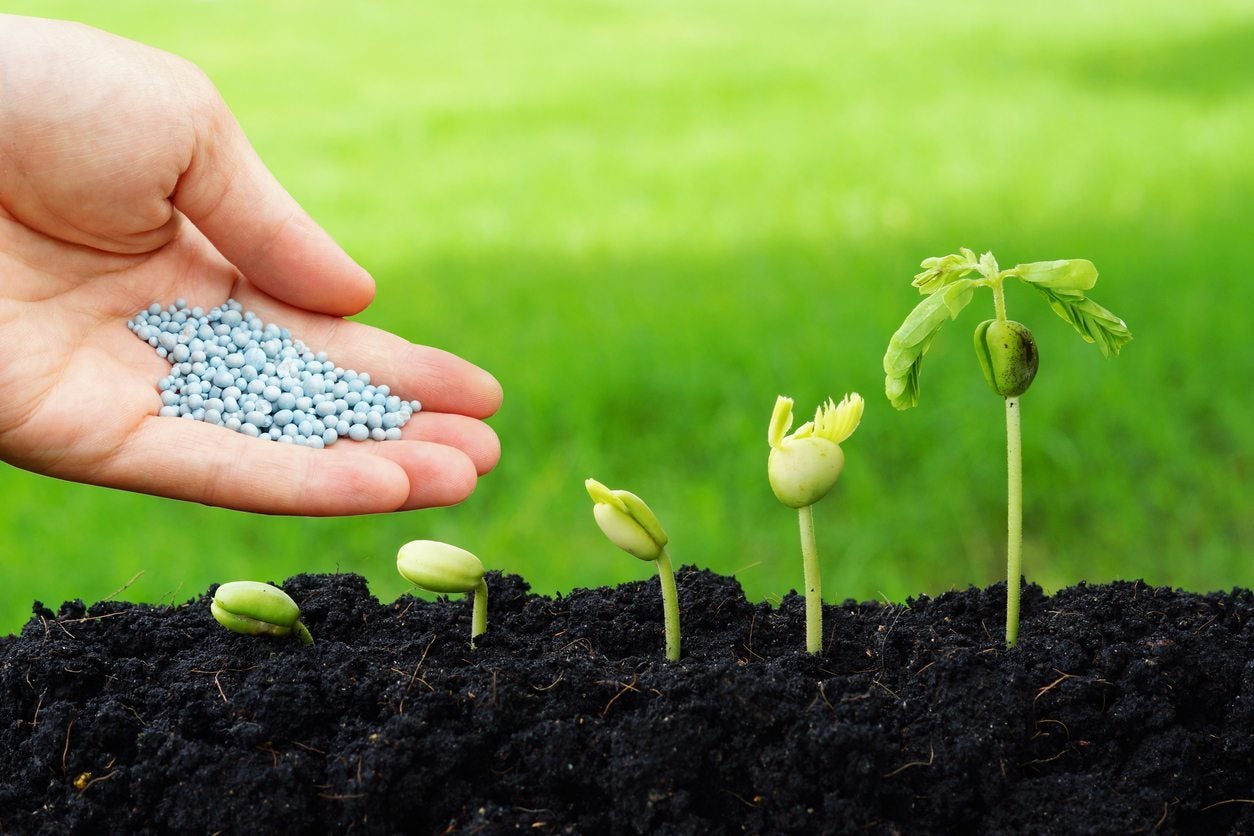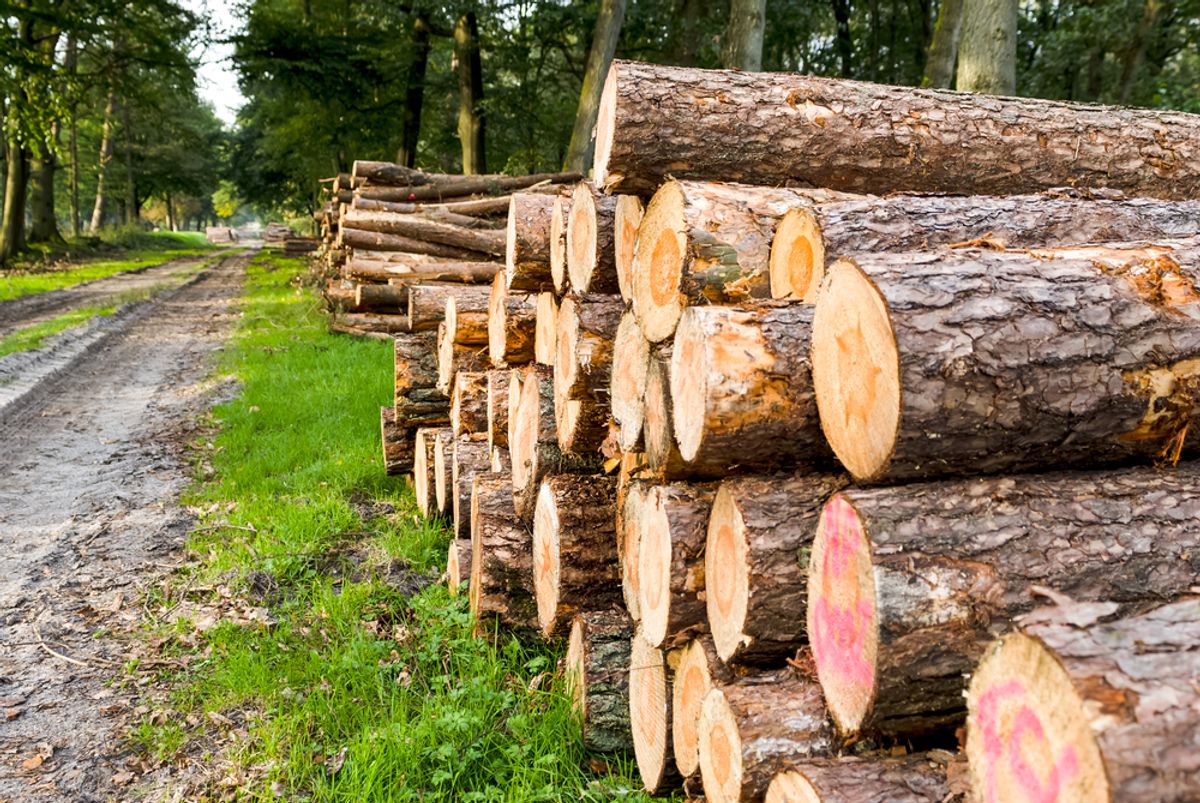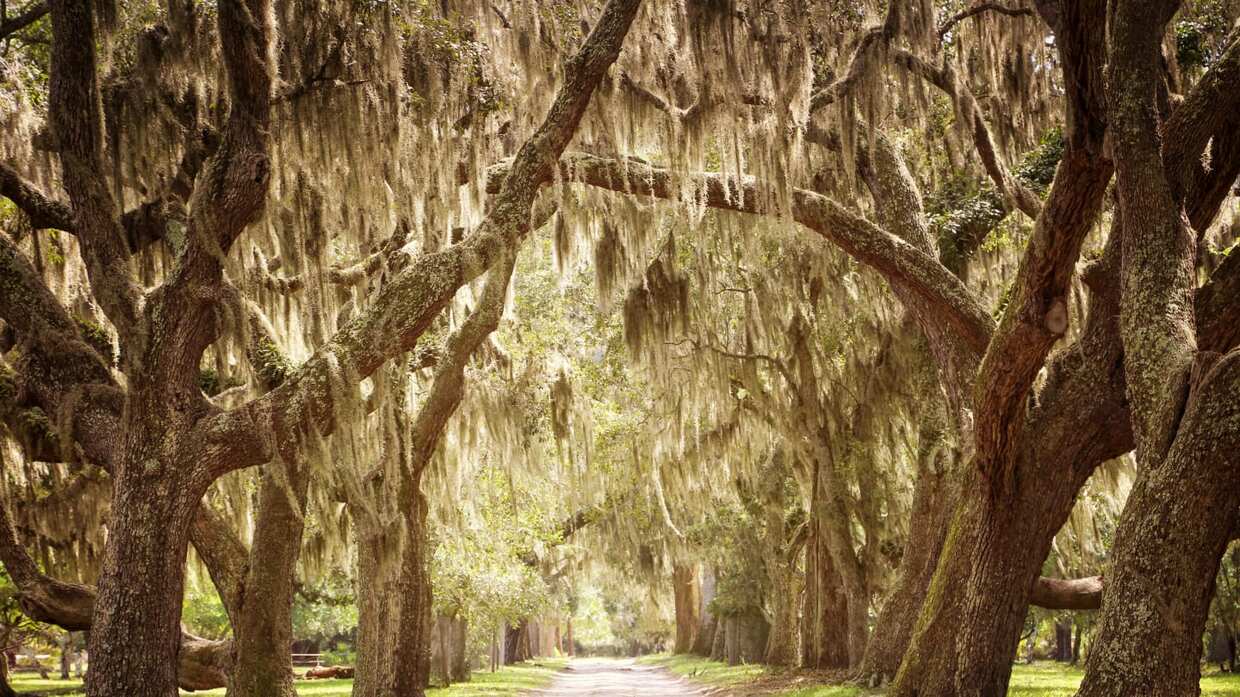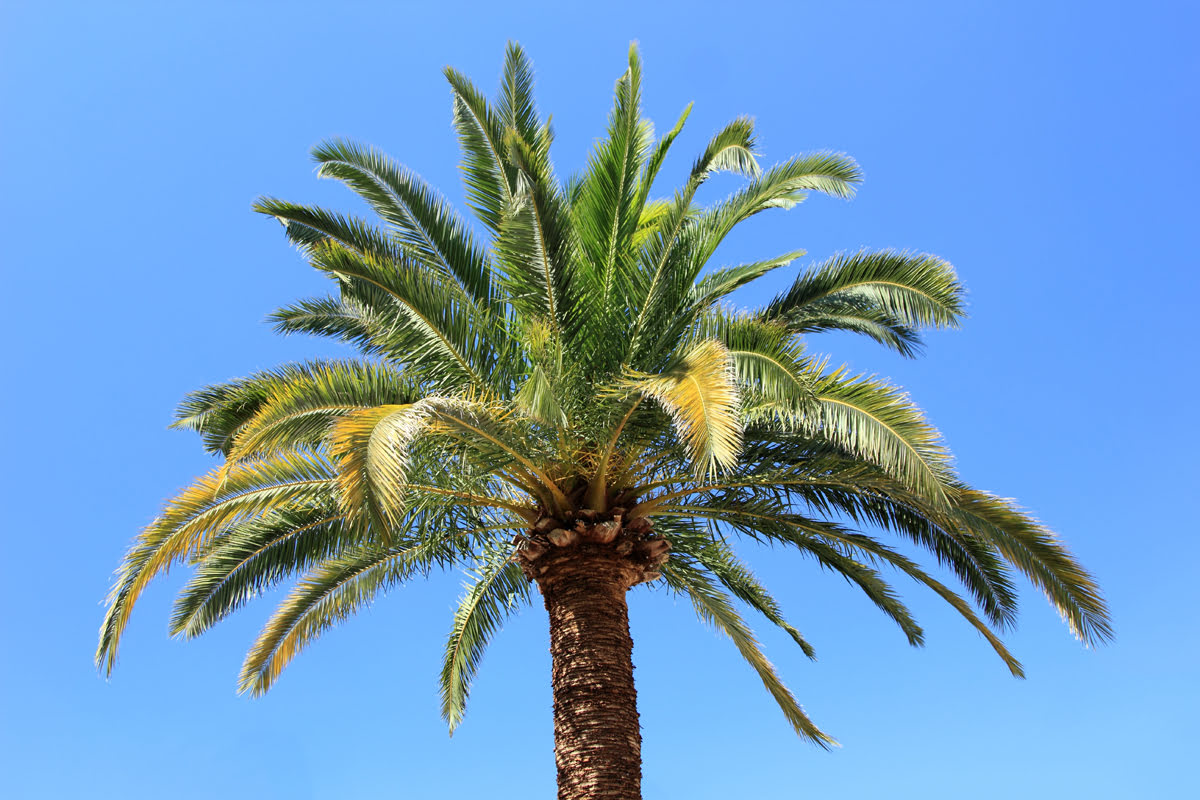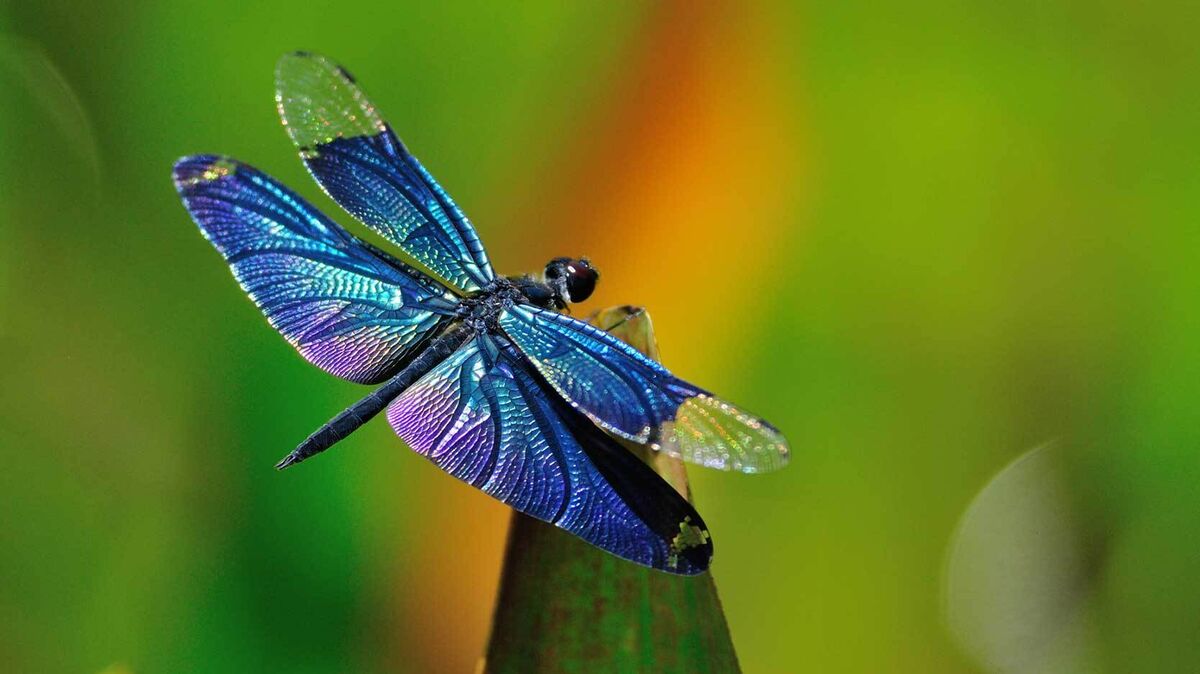Home>Gardening News and Trends>Latest News>How Does Trees Give Us Oxygen
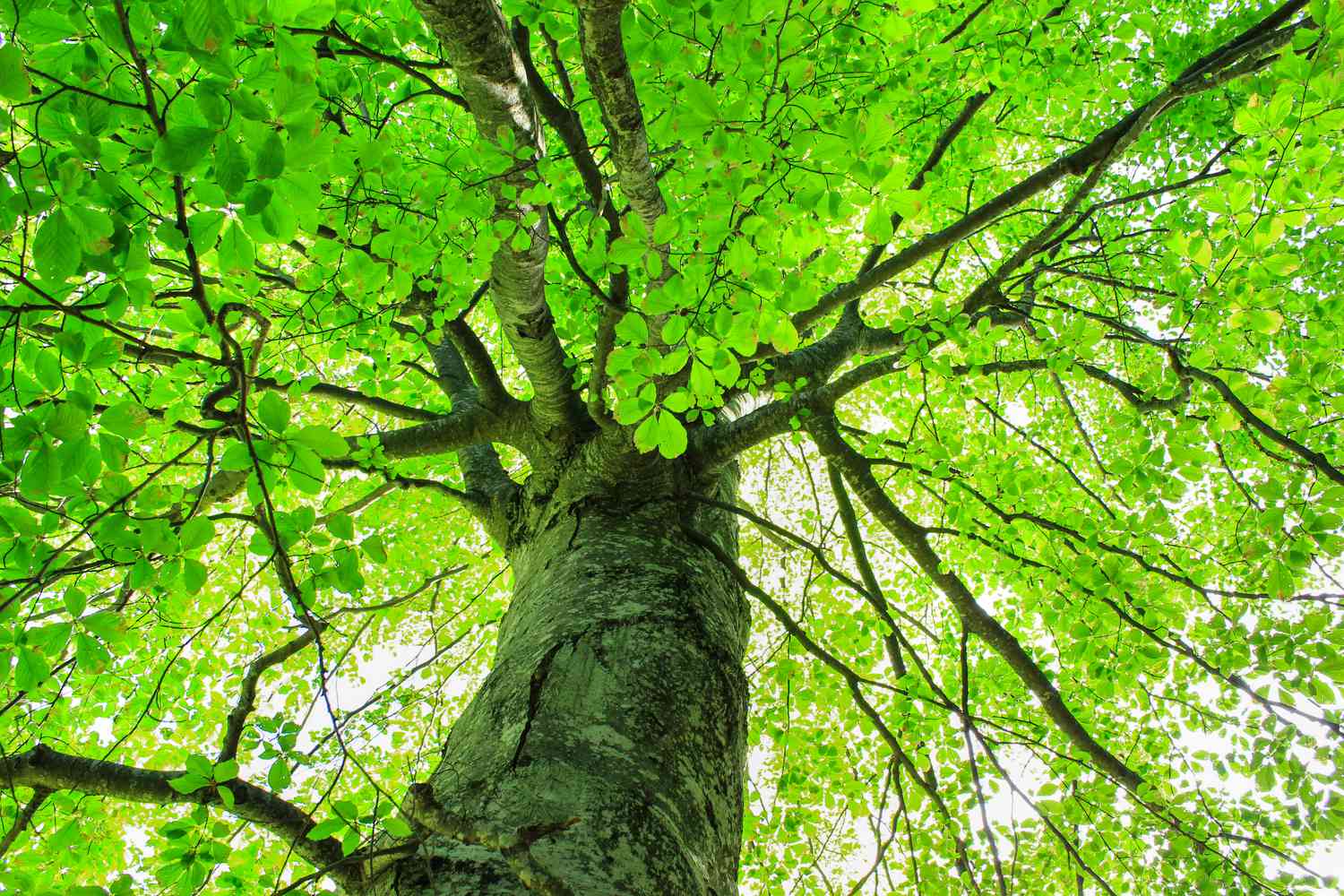

Latest News
How Does Trees Give Us Oxygen
Modified: January 22, 2024
Discover the Latest News on how trees provide us with oxygen and play a vital role in maintaining our ecosystem. Learn more about the importance of trees and their impact on our environment.
(Many of the links in this article redirect to a specific reviewed product. Your purchase of these products through affiliate links helps to generate commission for Chicagolandgardening.com, at no extra cost. Learn more)
Table of Contents
Introduction
When we think of the air we breathe, we often take for granted the role of trees in providing us with oxygen. We know that trees are essential for maintaining a healthy environment, but have you ever wondered how exactly they give us this life-giving gas?
The process of oxygen production by trees is a fascinating and vital aspect of our ecosystem. Through a complex biological process known as photosynthesis, trees convert sunlight, carbon dioxide, and water into oxygen and carbohydrates. This remarkable ability not only sustains the trees themselves but also plays a crucial role in ensuring the oxygen levels in our atmosphere remain at a level that supports life.
In this article, we will explore the process of photosynthesis, the role of leaves in oxygen production, the factors affecting oxygen production by trees, and the importance of oxygen derived from trees.
So sit back, relax, and let’s dive into the captivating world of how trees give us the oxygen we need to breathe.
The Process of Photosynthesis
Photosynthesis is the fundamental process through which plants, including trees, convert light energy into chemical energy that can be used to fuel their growth and development. This process takes place primarily in the leaves of trees and involves several key steps.
Firstly, trees absorb sunlight using a pigment called chlorophyll, which is present in the chloroplasts of their leaves. Chlorophyll absorbs light energy from the sun and converts it into chemical energy.
Secondly, trees take in carbon dioxide from the air through tiny openings in their leaves called stomata. Carbon dioxide is an essential ingredient in the photosynthesis process and acts as the carbon source for building carbohydrates.
Thirdly, trees absorb water from the soil through their roots, and this water is transported upward through the trunk and branches to the leaves. Water plays a crucial role in photosynthesis by providing the necessary hydrogen ions for the production of carbohydrates.
With sunlight, carbon dioxide, and water in place, the process of photosynthesis can commence. During photosynthesis, energy from sunlight is used to facilitate chemical reactions within the tree’s cells. These reactions convert carbon dioxide and water into glucose (a type of sugar) and oxygen.
The glucose produced during photosynthesis serves as a source of energy for the tree, allowing it to grow, reproduce, and carry out various metabolic processes. Some of the glucose is converted into more complex carbohydrates, such as cellulose, which form the structural components of the tree’s tissues.
But what about the oxygen? As trees generate glucose through photosynthesis, they concurrently release oxygen as a byproduct. This oxygen is then released into the surrounding atmosphere, allowing us, along with other living organisms, to breathe and survive.
The process of photosynthesis is not only vital for the oxygen production by trees but also plays a crucial role in regulating the levels of carbon dioxide in the atmosphere. By absorbing carbon dioxide during photosynthesis, trees help to reduce greenhouse gas emissions and combat climate change.
In summary, photosynthesis is a remarkable process through which trees harness the power of sunlight to produce oxygen and carbohydrates. This process forms the foundation of oxygen production by trees and is essential for the survival of both the trees themselves and the organisms that depend on the oxygen they provide.
Role of the Leaves in Oxygen Production
The leaves of trees play a crucial role in the production of oxygen. These green structures are specially adapted to maximize the efficiency of photosynthesis and the subsequent release of oxygen.
Leaves are equipped with a multitude of cells, each containing chloroplasts that house the chlorophyll pigments responsible for capturing sunlight. The broad surface area and the arrangement of leaves on branches allow for optimal exposure to sunlight, ensuring that an ample amount of light energy is absorbed for photosynthesis to occur.
Within the leaf, there are specialized cells called mesophyll cells that contain vast networks of chloroplasts. These cells are primarily responsible for photosynthesis and act as factories for oxygen production.
Additionally, the leaves have a network of veins that transport water and nutrients from the roots to the cells where photosynthesis takes place. This ensures a constant supply of water for the photosynthetic reactions and aids in the transport of the resulting glucose and oxygen to other parts of the tree.
Another critical component of leaf structure related to oxygen production is the stomata. Stomata are small openings found on the surface of leaves, primarily on the underside. These microscopic pores allow for the exchange of gases, including the intake of carbon dioxide and the release of oxygen.
During daylight hours, when photosynthesis is most active, the stomata open to allow for the entry of carbon dioxide, which is used to produce glucose. Simultaneously, the stomata release oxygen and water vapor as byproducts. This exchange of gases through the stomata ensures a continuous supply of oxygen to the atmosphere.
The rate at which the stomata open and close is regulated by several factors, including light intensity, temperature, and humidity. This regulation helps to prevent excessive water loss through evaporation while ensuring that adequate carbon dioxide enters the leaf for photosynthesis.
Overall, the leaves of trees are adapted to optimize the process of oxygen production by efficiently capturing sunlight, housing chloroplasts, and facilitating the exchange of gases through stomata. These adaptations enable trees to release significant amounts of oxygen into the atmosphere, supporting the oxygen needs of various organisms on Earth.
Oxygen Production by Trees
Trees are one of the primary sources of oxygen production on our planet. Through the process of photosynthesis, trees release vast amounts of oxygen into the atmosphere, providing the essential gas that sustains life.
The amount of oxygen produced by trees can vary depending on the species, size, and age of the tree, as well as environmental factors such as temperature, light availability, and atmospheric conditions. However, on average, it is estimated that a mature leafy tree can produce enough oxygen to supply the needs of two to ten humans.
Considering the sheer number of trees in forests and woodlands worldwide, it becomes evident that their cumulative oxygen-producing capacity is enormous. Forests cover about 31% of the Earth’s land surface and contribute significantly to the oxygen levels in the atmosphere.
In fact, it is estimated that forests alone are responsible for generating about 28% of the world’s oxygen. Tropical rainforests, known for their rich biodiversity and dense vegetation, are particularly robust oxygen producers. The Amazon rainforest, for example, is often referred to as the “lungs of the Earth” due to its remarkable oxygen-producing capabilities.
Furthermore, it is not just the large, towering trees that contribute to oxygen production. Shrubs, grasses, and even phytoplankton in bodies of water all play their part in replenishing the oxygen we breathe.
It is worth noting that while trees produce oxygen during the day through photosynthesis, they also consume a small amount of oxygen during the night for cellular respiration. However, the net result is still a significant contribution to oxygen production.
The importance of oxygen production by trees extends beyond providing a breathable atmosphere. Trees also help purify the air by absorbing harmful pollutants such as carbon monoxide, sulfur dioxide, and nitrogen oxides. The oxygen they release helps to counteract the negative effects of pollution and maintain air quality.
Moreover, trees play a crucial role in mitigating climate change. By absorbing carbon dioxide during photosynthesis and storing it in their biomass, trees help to reduce greenhouse gas emissions and combat the warming of the planet. This indirect contribution to oxygen production further highlights the vital role of trees in maintaining a healthy and balanced ecosystem.
In summary, trees are responsible for a significant portion of the oxygen we breathe. Through the process of photosynthesis, trees release oxygen into the atmosphere, helping to sustain life and regulate our planet’s climate. Their ability to produce oxygen, coupled with their air-purifying and carbon sequestration capabilities, underscores the vital importance of trees in maintaining a healthy and habitable Earth.
Factors Affecting Oxygen Production by Trees
The production of oxygen by trees is influenced by a variety of factors that can impact their photosynthetic efficiency and overall oxygen output. Understanding these factors is crucial for assessing the potential oxygen production of trees and implementing effective conservation and reforestation efforts.
1. Environmental conditions: Trees depend on favorable environmental conditions for optimal oxygen production. Factors such as sunlight availability, temperature, and humidity can significantly influence the rate of photosynthesis. Trees in regions with ample sunlight and moderate temperatures tend to have higher rates of oxygen production.
2. Tree species: Different tree species exhibit variations in their photosynthetic capacity and overall oxygen production rates. Some species have higher leaf area and chlorophyll content, allowing them to maximize sunlight absorption and oxygen production. For example, evergreen trees tend to have a longer growing season, thus producing oxygen throughout the year.
3. Tree age and size: As trees grow and mature, their photosynthetic capacity increases, leading to higher oxygen production. Older and larger trees generally have a larger leaf surface area, which results in greater absorption of sunlight and subsequent oxygen release.
4. Leaf density and health: The density and health of leaves directly impact oxygen production. Trees with dense foliage and healthy leaves contain a larger number of chloroplasts and a higher chlorophyll concentration, facilitating higher rates of photosynthesis and oxygen release.
5. Nutrient availability: Adequate nutrient availability, particularly nitrogen, phosphorus, and potassium, is essential for optimal photosynthesis and oxygen production. These nutrients help in the synthesis of chlorophyll and other crucial molecules involved in the photosynthetic process.
6. Water availability: Sufficient water supply is necessary for photosynthesis and oxygen production. In periods of drought or water scarcity, trees may reduce their photosynthetic activity, leading to a decrease in oxygen production. Conversely, well-irrigated trees are better equipped to produce oxygen consistently.
7. Air pollution: Elevated levels of air pollution, such as high concentrations of ozone, sulfur dioxide, or particulate matter, can negatively impact photosynthesis and oxygen production. Air pollutants can damage the leaves, disrupt chlorophyll synthesis, and impair the overall efficiency of the photosynthetic process.
Understanding these factors can help inform land management practices, conservation efforts, and tree species selection to maximize oxygen production. By creating an environment that promotes optimal photosynthesis, we can enhance the oxygen-producing capabilities of trees and contribute to a healthier and more sustainable ecosystem.
The Importance of Oxygen from Trees
Oxygen, produced by trees through the process of photosynthesis, is of utmost importance for the survival and well-being of all living organisms. The oxygen released by trees serves as a vital component of the Earth’s atmosphere, supporting respiratory functions and maintaining a balance in the ecosystem.
1. Sustaining Life: Oxygen is essential for the respiration and survival of all living organisms, from humans and animals to insects and microorganisms. Inhaled oxygen is used by cells to break down glucose and produce energy through cellular respiration. Without oxygen, life as we know it would cease to exist.
2. Supporting Human Health: Adequate oxygen levels are crucial for maintaining good human health. Oxygen is required by every cell in our bodies for energy production and proper organ function. Insufficient oxygen can lead to fatigue, impaired cognitive function, and even life-threatening conditions.
3. Balancing Atmospheric Composition: Oxygen plays a crucial role in maintaining the delicate balance of gases in the atmosphere. It makes up approximately 21% of the Earth’s atmosphere and is necessary for the stability of the ozone layer and the regulation of climate.
4. Combating Climate Change: Trees, through oxygen production and carbon sequestration, play a significant role in mitigating climate change. As they absorb carbon dioxide during photosynthesis, trees help to reduce greenhouse gas emissions and stabilize the Earth’s climate. This indirect contribution to oxygen production further highlights the importance of trees in combating global warming.
5. Purifying the Air: In addition to oxygen production, trees help purify the air we breathe. They act as natural filters, absorbing harmful pollutants such as carbon monoxide, nitrogen oxides, and sulfur dioxide, and releasing clean oxygen into the atmosphere. This air purification function is particularly crucial in urban areas with high levels of pollution.
6. Preserving Biodiversity: Forests, rich in oxygen-producing trees, are home to thousands of plant and animal species. By supporting diverse ecosystems, oxygen from trees contributes to the conservation of biodiversity, ensuring the survival of numerous species and the preservation of natural habitats.
7. Enhancing Mental Well-being: Spending time in green spaces and among trees has been shown to have numerous mental health benefits. The fresh oxygen-rich air, soothing green surroundings, and tranquility provided by trees can reduce stress, improve mood, and enhance overall well-being.
In summary, the oxygen produced by trees is essential for the maintenance of life on Earth. It supports human health, balances the atmosphere, combats climate change, purifies the air, preserves biodiversity, and contributes to our overall well-being. Recognizing the importance of oxygen from trees emphasizes the need for preserving and planting trees as a critical step towards ensuring a sustainable and healthy future for ourselves and future generations.
Conclusion
Throughout this journey into the world of oxygen production by trees, we have explored the fascinating process of photosynthesis, the role of leaves, factors influencing oxygen production, and the vital importance of oxygen from trees.
Trees, with their remarkable ability to convert sunlight, carbon dioxide, and water into oxygen and carbohydrates, serve as the primary source of oxygen in our atmosphere. Through their extensive leaf surfaces, specialized cells, and intricate biological processes, trees release substantial amounts of oxygen into the air we breathe.
The oxygen produced by trees is not only essential for the respiration and survival of all living organisms, but it also plays a critical role in maintaining the balance of gases in the atmosphere and combating climate change. Trees act as natural filters, purifying the air by absorbing pollutants and releasing clean oxygen. They support biodiversity, provide mental well-being benefits, and contribute to the overall health of our planet.
However, we must recognize the significance of preserving and planting trees to ensure a sustainable future. Environmental conditions, tree species, age, and size, leaf health, nutrient and water availability, and air pollution are all factors that can impact oxygen production by trees. By understanding and addressing these factors, we can maximize the potential oxygen production of trees and contribute to a healthier and more balanced ecosystem.
As we reflect on the importance of oxygen from trees, let us remember that the well-being of our planet and future generations relies on our collective efforts to protect and restore our forests and woodlands. By appreciating the remarkable process of oxygen production by trees and taking action to conserve and grow our tree populations, we can ensure the availability of clean and breathable air for ourselves and countless other living organisms.
So, let us cherish and support our oxygen-producing companions, the trees, for their invaluable contribution to our well-being, climate stability, and the beauty of the natural world.

